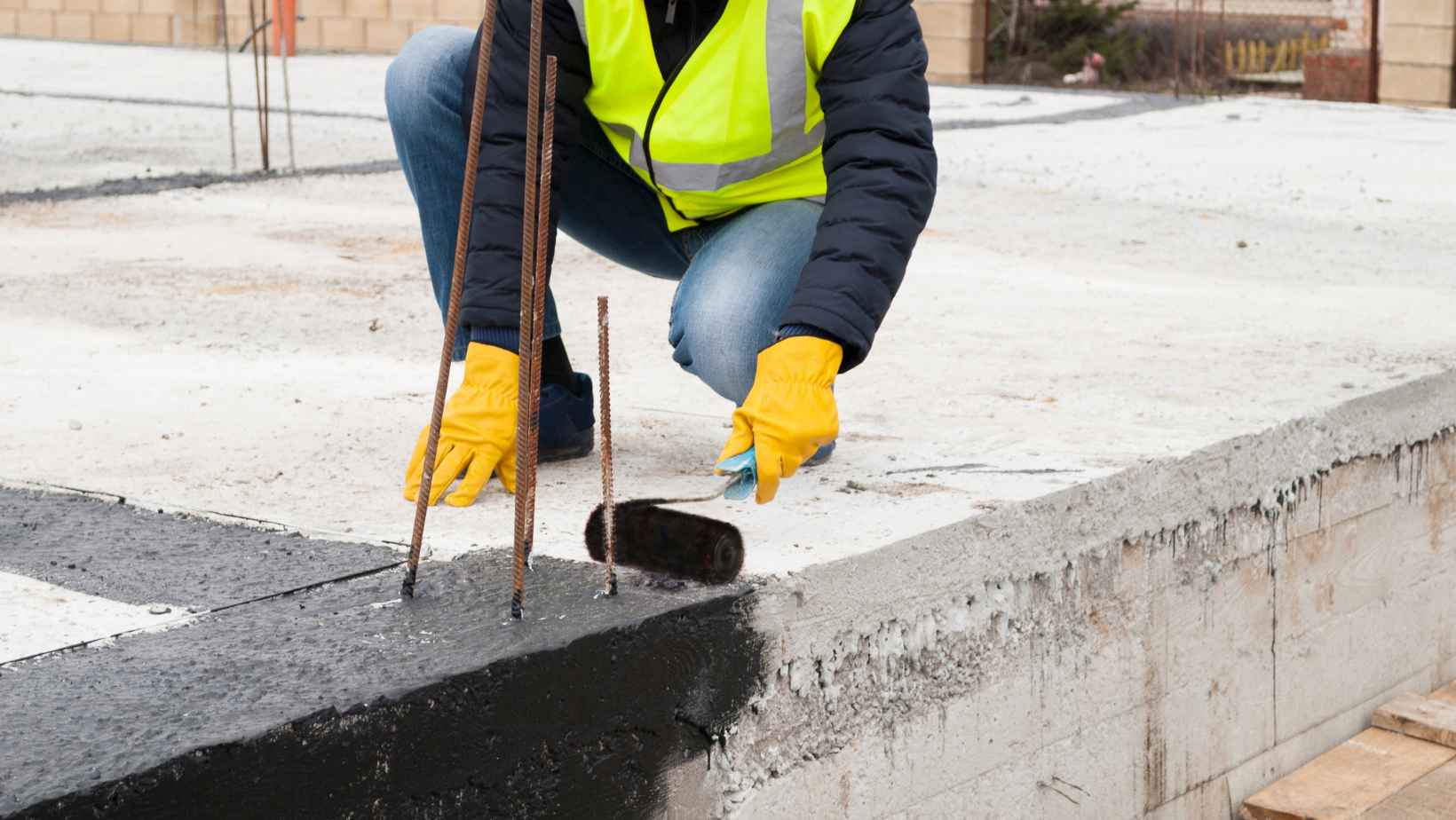The world beneath our feet is far more than simple dirt. It’s a complex matrix of minerals, organic matter, and microorganisms that’s a critical concern not just for farmers or agronomists, but also for builders and construction engineers. The foundation of all construction projects, particularly homes, relies heavily on the soil they’re built upon. A thorough soil survey conducted by a licensed soil scientist or surveyor is a non-negotiable first step, determining the land’s suitability for construction.
Soil Analysis: The Blueprint of Construction Planning
The composition of soil, the array of elements it contains, is a key player in the construction plan. It’s the unseen force that affects the stability, strength, and integrity of any structure. The construction of agricultural buildings or homes leans heavily on soil surveys, which help to identify potential issues such as soil erosion and chemical properties that could curtail the land’s optimal use.
Organizations like The National Soil Survey Center offer comprehensive databases of soil properties based on abundant and independent samples. However, soil properties can greatly vary even over short distances, making site-specific soil tests in your proposed construction area a vital prerequisite.
Decoding Soil Types: The Building Blocks of Construction
Soil classification goes beyond academic interest; it’s the lynchpin of construction planning. The main types are:
- Sand: Prone to shifting and might not provide the density needed for construction.
- Clay: Tendency for movement, especially when drying, leading to potential structural instability.
- Silt: High water retention that might compromise the firmness required for construction.
- Gravel: Often used as a base layer due to its excellent drainage properties.
- Loam: A balanced mixture of sand, silt, and clay, offering stability and good drainage properties.

Climate to Human Activity: The Shapers of Soil Quality
Soil quality isn’t set in stone. It’s shaped and reshaped by various factors, including:
- Climate and Weather Patterns: Changes can cause shifts in organic carbon content and increase soil erosion.
- Topography and Land Slope: Sloped lands present challenges due to erosion and lack of natural vegetation.
- Vegetation and Plant Life: Can influence soil structure and fertility, enhancing its suitability for various uses.
- Human Activity and Land Use: Excessive pressure can degrade soil quality and stability.
Unearthing Insights: Soil Testing and Evaluation
Conducting a soil survey is akin to excavating a trove of crucial information. These surveys shed light on the type of foundation needed, the ideal depth for the foundation, and the potential for plant growth. Tests, such as moisture tests, dry density tests, gravity tests, compaction tests, and Atterberg limits test, are typically conducted, guiding builders towards informed construction decisions.
Building Strategies for Different Soil Types
Challenging soil at a construction site isn’t a dead-end but a challenge to overcome with the right strategies. From using deep foundations or helical piers in sandy soils to incorporating soil organic matter in silty soils, several tactics can be employed to ensure the stability and longevity of a building.
From Soil Test to Building Decision
A soil survey extends beyond simple evaluation. It provides a detailed map of the soil distribution and properties across the construction site, giving builders a comprehensive understanding of the land’s capability to support the proposed structure. This knowledge informs every construction decision, from selecting the right foundation type to determining the appropriate depth for the foundation. Soil test results also guide landscaping decisions, such as which plants are likely to thrive in the soil conditions.
Securing Foundations with Soil Knowledge
The stability of a home is intrinsically linked to the soil it stands upon. Unstable or shifting soil can compromise the foundation, threatening the integrity of the structure. Soil testing enables builders to pinpoint the best location for a foundation and the ideal soil conditions for stability. Despite the potential of soil treatments and filling, natural land typically provides the most reliable base for construction.

Building Foundations: The Anchor of Your Home
In the realm of construction, the foundation is what anchors the structure to the ground. It shoulders the weight of the building, transferring it to the earth while providing much-needed stability. The choice of building foundation often depends on the type of soil and the load it has to bear. In this context, we explore the waffle pad foundations and other notable types like stilt foundations.
Waffle Pad Foundations: A Firm Grip on Unstable Grounds
Waffle pad foundations are often the solution in areas with challenging soil conditions like expansive clay or sand. This type of foundation, named after its distinctive grid-like design resembling a waffle, is formed by a network of concrete beams intersecting each other, creating a pattern of square ‘pads’. The concrete grid is typically laid on a bed of compacted soil or gravel, providing a solid base for the building.
Depending on the building’s weight and the soil conditions, different types of waffle pads can be used:
- Standard Waffle Pads: Around 85-100mm thick, suitable for most residential constructions in reasonably good soil conditions with minimal risks of ground movement.
- Thickened Waffle Pads: Up to 150-200mm thick, used for heavier buildings or in areas where the ground is more prone to movement.
- Reinforced Waffle Pads: Used in extreme conditions, where the soil is highly unstable or the structure exceptionally heavy. These pads include additional reinforcement bars within the concrete for added strength and durability.
Exploring Other Foundation Types
While waffle pad foundations are common in many construction scenarios, there are other types of foundations suitable for different conditions:
- Stilt Foundations: Ideal for construction on unstable soil or flood-prone areas, these foundations use long, slender columns or ‘stilts’ to transfer the building’s weight deep into the ground, bypassing the unstable surface layers.
- Slab Foundations: A single, thick concrete layer that serves as the floor of a building, these foundations are simple, cost-effective, and ideal for areas with a high water table where a basement might not be feasible.
- Crawl Space Foundations: These foundations raise the house off the ground, creating a ‘crawl space’. They are commonly used in damp areas to prevent moisture problems.
- Basement Foundations: A type of deep foundation that serves a dual purpose – serving as a building’s foundation and providing additional living or storage space.

A Solid Foundation Begins with Soil Knowledge
In construction, understanding your ground is paramount. Soil types and properties can vary dramatically, even within the same plot of land. Knowing the soil’s behavior, especially under different weather conditions, is crucial for planning a safe and sturdy construction.
Investing in a detailed soil survey yields invaluable insights into the land and helps professionals make informed decisions that ensure the safety and longevity of the structure. Guidelines provided by organizations like The National Cooperative Soil Survey assist builders and construction engineers in understanding and effectively using this knowledge.
While ideal soil conditions might not always be at hand, understanding the soil’s properties can guide mitigation strategies. The right approach and treatment can transform even a challenging plot into a strong and stable base for your new home. After all, a well-laid foundation is the first step towards building a safe and secure haven for you and your loved ones.
